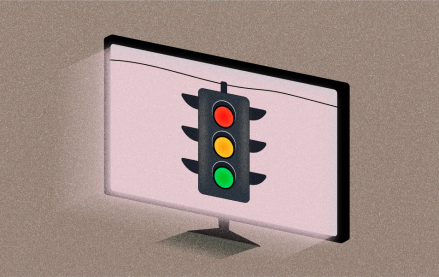What it is: Local shared objects or Flash cookies are small files containing data about Web usage on a particular computer. Traditional browser cookies house no more than four Kilobytes of data while Flash cookies can save up to 100 Kilobytes or the equivalent of about 50 pages of printed text.
How it Works: Flash cookies, small files that may be used to track a computer user’s online behavior, generally don’t disappear when a user selects to delete their cookies using privacy controls, except with special third-party browser add-ons or through accessing the Adobe Flash Player Settings Manager and deleting them manually. They also don’t appear Flash cookies reanimate traditional cookies that users delete, transferring the old identifying data to the new traditional cookie and using the flash cookie as data reservoir for the next deletion.
Who is Using it: No one actually owns up to using the controversial product, but a recently settled lawsuit against alleged Flash cookie usage by Quantcast and Clearspring named Disney, Fox, ABC, NBC, Hulu, ESPN, Warner Brothers Records, among others as the alleged beneficiaries of the technology. The settlement doesn’t constitute an admission of guilt, but it certainly gave the major brands a good scare.
Assessment: Flash cookies are one more desperate stab toward better targeting, but data drawn from a system of collection that is vulnerable to legislation is never a good strategy. A solid data strategy with transparency and commonsense consumer tracking is one way to build better engagement rates and stay on the right side of the privacy advocates and their lawyers.
More in Media

What publishers are wishing for this holiday season: End AI scraping and determine AI-powered audience value
December 22, 2025
Publishers want a fair, structured, regulated AI environment and they also want to define what the next decade of audience metrics looks like.

Media giant Essence launches a marketplace for Black women-led brands
December 22, 2025
Essence has launched WeLoveUs.shop, a new online marketplace dedicated to Black women-led brands.

In Graphic Detail: The state of AI referral traffic in 2025
December 22, 2025
The stats reveal a new audience pipeline forming outside of traditional search and social platforms.





